I have a set of data, basically with the information of f(x) as a function of x, and x itself. I know from the theory of the problem that I'm working on the format of f(x), which is given as the expression below:
Essentially, I want to use this set of data to find the parameters a and b. My problem is: How can I do that? What library should I use? I would like an answer using Python. But R or Julia would be ok as well.
From everything I had done so far, I've read about a functionallity called curve fit from the SciPy library but I'm having some trouble in which form I would do the code as long my x variable is located in one of the integration limit.
For better ways of working with the problem, I also have the following resources:
A sample set, for which I know the parameters I'm looking for. To this set I know that a = 2 and b = 1 (and c = 3). And before it rises some questions about how I know these parameters: I know they because I created this sample set using this parameters from the integration of the equation above just to use the sample to investigate how can I find them and have a reference.
I also have this set, for which the only information I have is that c = 4 and want to find a and b.
I would also like to point out that:
i) right now I have no code to post here because I don't have a clue how to write something to solve my problem. But I would be happy to edit and update the question after reading any answer or help that you guys could provide me.
ii) I'm looking first for a solution where I don't know a and b. But in case that it is too hard I would be happy to see some solution where I suppose that one either a or b is known.
EDIT 1: I would like to reference this question to anyone interested in this problem as it's a parallel but also important discussion to the problem faced here






